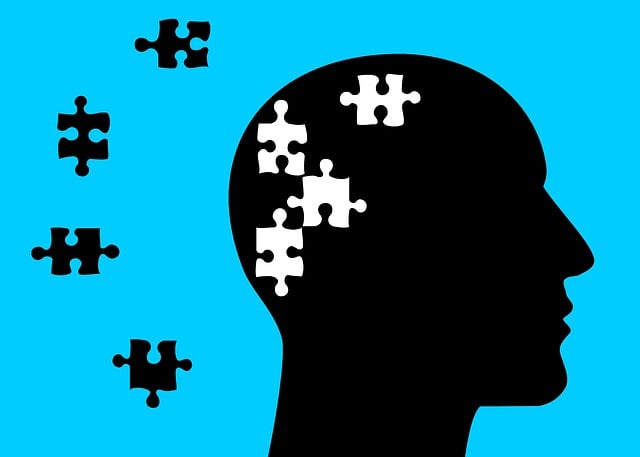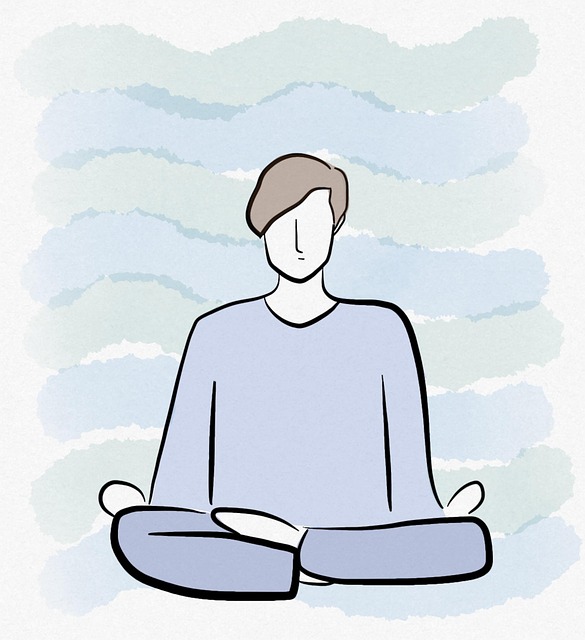Market research is crucial for developing effective marketing strategies for mental wellness apps targeting young adults, focusing on their unique needs in therapy and mental health. In the digital age, these users are open to alternative treatments like hypnosis for stress, anxiety, and depression. Marketers should identify common mental health issues and barriers, such as stigma, through research into preferences, online behaviors, and pain points. Apps should offer evidence-based practices like hypnosis combined with modern techniques, emphasizing convenience and accessibility. Marketing channels like Instagram, TikTok, and email are effective for engaging Gen Z users, while measuring success involves tracking KPIs and user feedback to iterate and improve the app's impact on mental health.
In today’s digital age, mental wellness apps are transforming lives, especially for young adults seeking therapy. To stand out in a competitive market, crafting a robust marketing strategy is crucial. This article guides you through developing an effective plan, from understanding your target audience through market research to defining a unique value proposition. We explore proven marketing channels and strategies, highlighting the importance of user feedback in measuring success. Learn how to leverage hypnosis techniques for a targeted approach, ensuring your app resonates with its intended audience.
- Market Research and Understanding Your Target Audience
- Crafting a Unique Value Proposition for Your App
- Choosing Effective Marketing Channels and Strategies
- Measuring Success and Iterating Based on User Feedback
Market Research and Understanding Your Target Audience

Market research is a cornerstone when developing a marketing strategy for mental wellness apps, especially those catering to young adults. Understanding your target audience’s needs and challenges related to therapy and mental illness is paramount. In today’s digital age, many young adults are open to exploring alternative treatments like hypnosis as a way to manage stress, anxiety, or even depression. Therefore, market research should focus on identifying common mental health issues among this demographic and the existing barriers they face when seeking help, including the stigma associated with mental illness.
By delving into their preferences, online behaviors, and pain points, you can create content and marketing campaigns that resonate deeply. For instance, promoting a mental wellness app’s hypnosis sessions for young adults could highlight successful case studies of individuals who have overcome challenges through this method. Incorporating strategies to reduce the stigma surrounding therapy, such as sharing empathy-building content or success stories, will attract users while fostering a supportive community. Additionally, offering guidance on journaling exercises can enhance self-reflection and help users track their progress in their journey towards better mental health.
Crafting a Unique Value Proposition for Your App

In today’s digital age, young adults are increasingly turning to technology for support with their mental health. To stand out in this competitive market, crafting a unique value proposition is essential. Your app should offer something distinct and compelling that appeals to this demographic. Consider combining evidence-based practices like hypnosis with modern therapeutic techniques to create a holistic experience tailored for young adults. For instance, your app could focus on offering personalized hypnosis sessions designed to combat common mental health issues such as depression or anxiety, alongside features that promote social skills training, all within an accessible and discreet platform.
By positioning your app as a comprehensive solution for therapy, you can differentiate yourself from competitors focusing solely on traditional therapy models. Emphasize how your app provides convenient access to hypnotherapy sessions tailored to the unique needs of young adults, addressing not only symptoms but also promoting overall mental wellness. Furthermore, integrate features that encourage self-care and community engagement, such as mood tracking, mindfulness exercises, or peer support groups, to create a vibrant and supportive digital environment. This approach not only caters to the growing demand for innovative mental health solutions among young adults but also aligns with broader Mental Health Policy Analysis and Advocacy efforts to improve access to care.
Choosing Effective Marketing Channels and Strategies

When developing a marketing strategy for a mental wellness app focused on therapy for young adults, it’s crucial to select channels that resonate with your target audience. Social media platforms like Instagram and TikTok offer powerful tools to engage Gen Z users who are often more accessible through visually appealing content and short videos discussing topics related to emotional well-being promotion techniques. By sharing success stories, tips for anxiety relief, and sneak peeks into the app’s features using hypnosis techniques, you can capture attention and foster trust.
Email marketing remains a reliable strategy, especially when paired with personalized content. Targeted emails highlighting the benefits of social skills training within your app can appeal to young adults seeking tools to navigate interpersonal relationships. Combining these channels allows for a comprehensive approach, ensuring that potential users encounter your brand through multiple touchpoints, ultimately driving downloads and subscriptions.
Measuring Success and Iterating Based on User Feedback

Measuring success is a crucial step in any marketing strategy, especially for mental wellness apps targeting young adults. By setting clear and quantifiable goals, developers can assess the app’s effectiveness in delivering therapy and improving users’ mental health. Key performance indicators (KPIs) could include user engagement metrics such as daily active users, retention rates, and completion of specific therapeutic modules. Additionally, tracking user feedback through surveys or reviews provides valuable insights into the app’s impact on young adults’ lives. This qualitative data helps identify areas for improvement, ensuring the app aligns with the evolving needs of its target audience.
Iterating based on user feedback is essential to creating a dynamic and engaging mental wellness platform. Developers can use this information to refine the app’s content, enhance user experience, and introduce new features that cater to specific requirements. For instance, if users express a desire for more personalized therapy sessions or empathy-building strategies, incorporating these suggestions through hypnosis techniques could boost confidence and foster a sense of community among young adults seeking mental wellness support.
Developing a comprehensive marketing strategy for a mental wellness app, such as one offering therapy for young adults through hypnosis, requires careful consideration of market trends and user needs. By conducting thorough market research and understanding your target audience, you can create a unique value proposition that sets your app apart from competitors. Utilizing effective marketing channels and tailoring your approach to specific demographics ensures optimal reach. Continuously measuring success and incorporating user feedback allows for constant improvement, ensuring your app not only meets but exceeds user expectations. Through this strategic approach, you can effectively promote therapy solutions tailored to young adults’ needs in today’s digital landscape.














